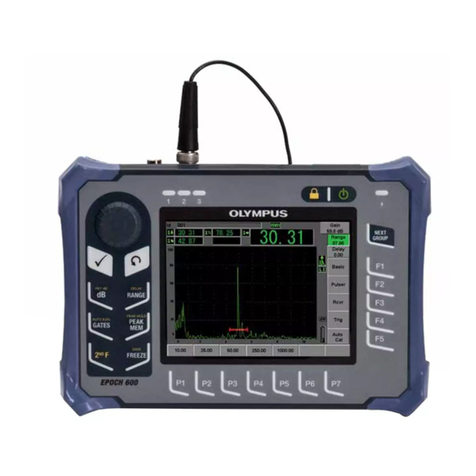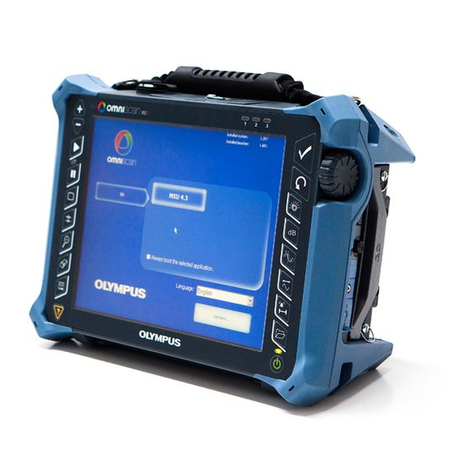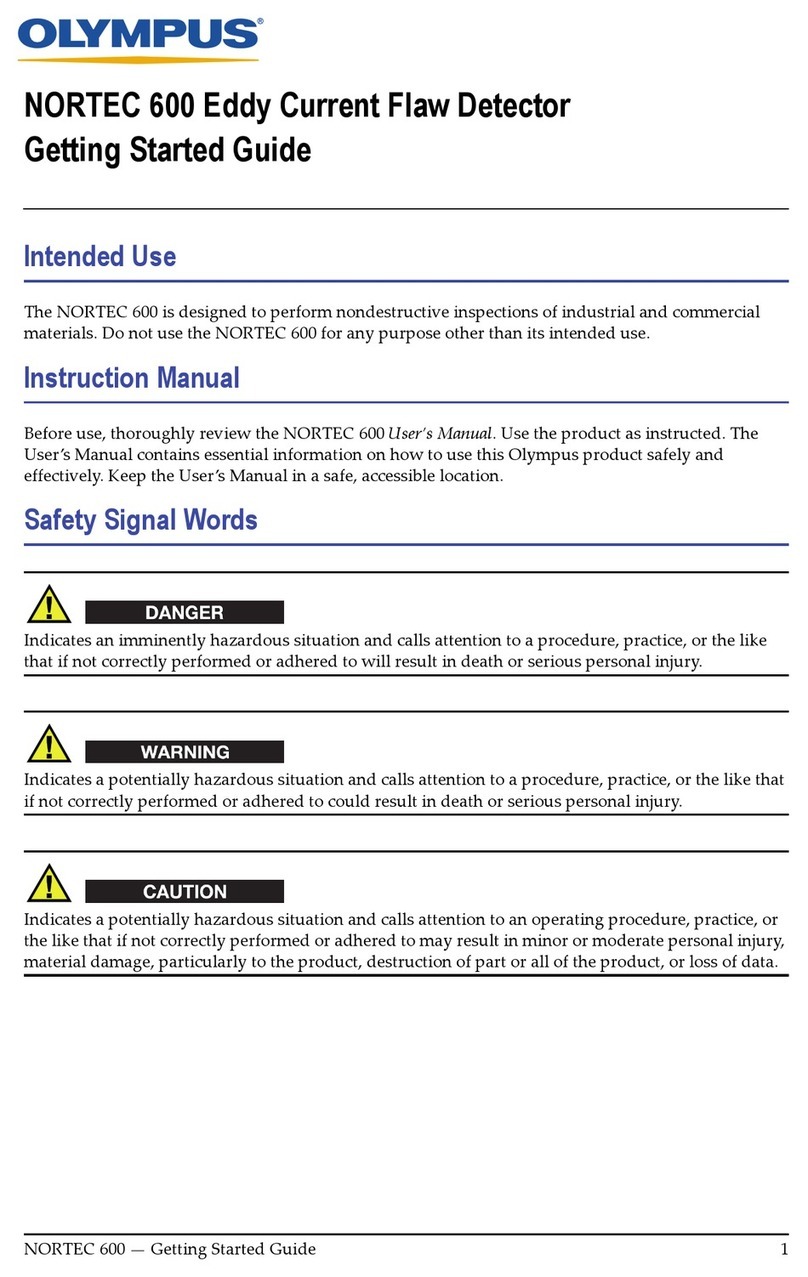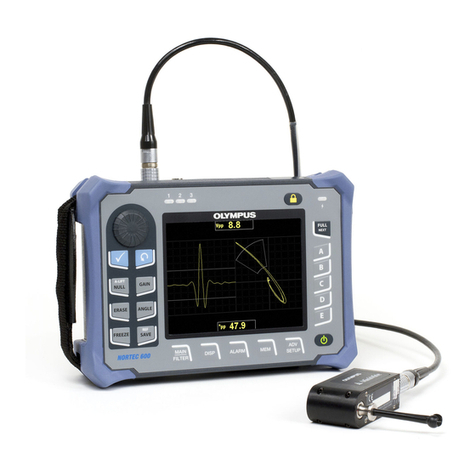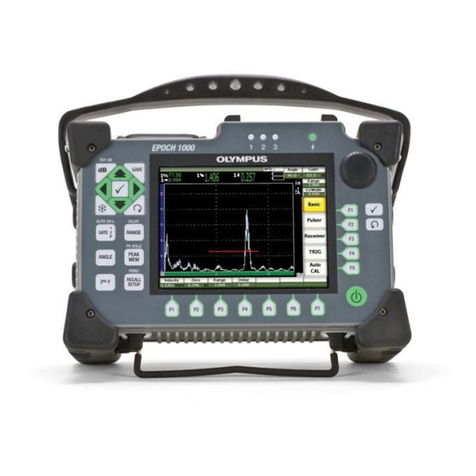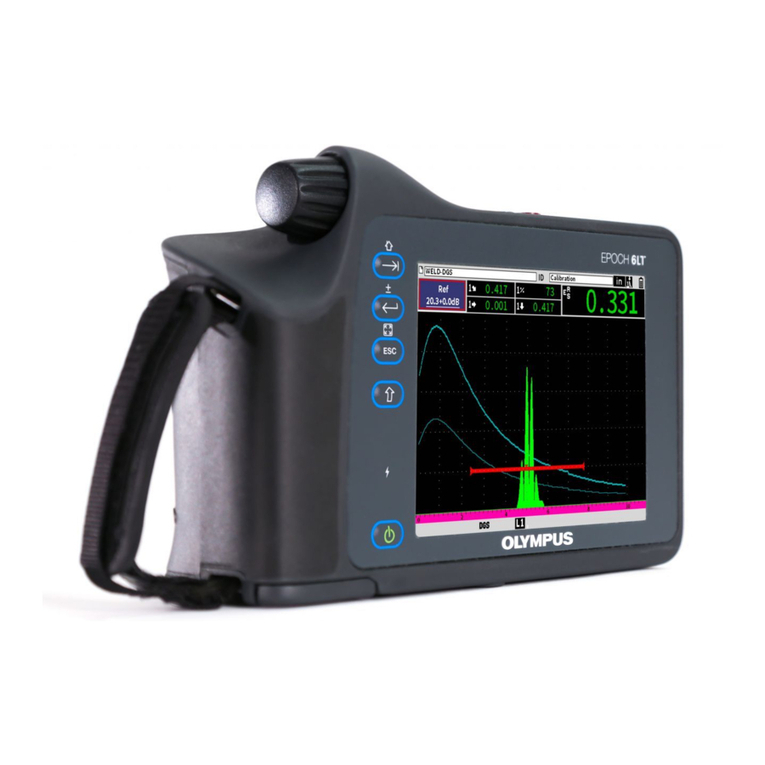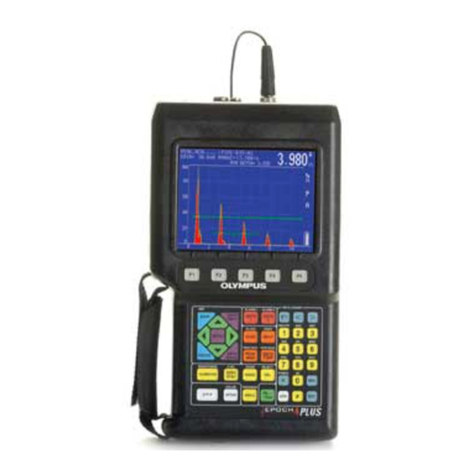
EN-6 OmniScan X3 — Getting Started Guide
• Transportation of lithium-ion batteries is regulated by the United Nations under the United Nations
Recommendations on the Transport of Dangerous Goods. It is expected that governments,
intergovernmental organizations, and other international organizations shall conform to the
principles laid down in these regulations, thus contributing to worldwide harmonization in this
field. These international organizations include the International Civil Aviation organization
(ICAO), the International Air Transport Association (IATA), the International Maritime
Organization (IMO), the US Department of Transportation (USDOT), Transport Canada (TC), and
others. Please contact the transporter and confirm current regulations before transportation of
lithium-ion batteries.
• For California (USA) only:
The CR battery contains perchlorate material, and special handling may be required. Refer to
http://www.dtsc.ca.gov/hazardouswaste/perchlorate.
• Do not open, crush, or perforate batteries; doing so could cause injury.
• Do not incinerate batteries. Keep batteries away from fire and other sources of extreme heat.
Exposing batteries to extreme heat (over 80 °C) could result in an explosion or personal injury.
• Do not drop, hit, or otherwise abuse a battery, as doing so could expose the cell contents, which are
corrosive and explosive.
• Do not short-circuit the battery terminals. A short circuit could cause injury and severe damage to a
battery making it unusable.
• Do not expose a battery to moisture or rain; doing so could cause an electric shock.
• Only use the OmniScan X3 unit or an external battery charger approved by Olympus to charge the
batteries.
• Only use batteries supplied by Olympus.
• Do not store batteries that have less than 40 % remaining charge. Recharge batteries to between
40 % and 80 % capacity before storing them.
• During storage, keep the battery charge between 40 % and 80 %.
• Do not leave batteries in the OmniScan X3 unit during instrument storage.
Electrical Warnings
• To avoid the risk of electric shock, do not touch the inner conductor of the probe connectors. Up to
350 V can be present on the inner conductor of the UT connectors, and up to 120 V can be present on
the PA connector. The warning symbols between the connectors in the illustration below warn of
this electric shock risk.
• The instrument must only be connected to a power source corresponding to the type indicated on
the rating label.
•Ifanunauthorizedpower supply cord is used to power the instrument or charge the batteries,
Olympus cannot guarantee the electrical safety of the equipment.
Warning symbols
PA connectorUT connectors
